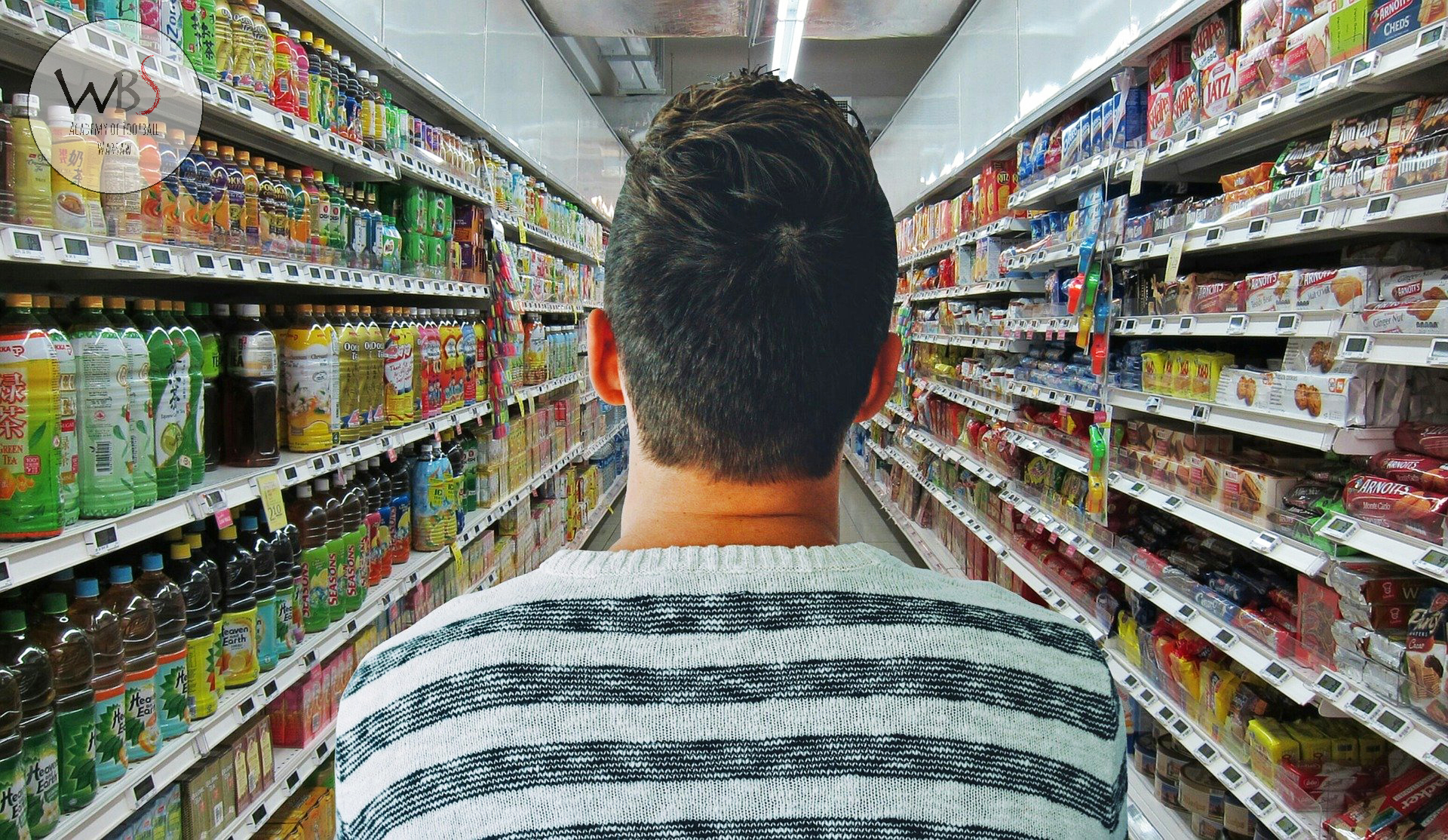 Contact us
Contact us

We often remind and repeat how important it is to develop proper eating habits. In fact, we encounter habits at every step in our daily lives. Starting from the morning toilet, through preparing meals, studying, going for a walk with the dog and ending with the evening brushing of teeth. During training, we also deal with the automatism of certain movements and behaviors. Regardless of whether we meet at training sessions with the entire team or exercise individually, we are constantly working on the repeatability of given activities. Habits, therefore, are our everyday life, so it is worth paying attention to reading the labels of food products when we go shopping. This is another very important habit that will certainly translate into our quality of life, and thus our health.
It does not matter whether we enter a small store for one thing or do larger purchases in a large supermarket. Each product that is on the store shelf has a label that we should read if we want to take care of our health and make conscious food choices. There are some great tips we'll provide to make your product selection and shopping easier. It may seem complicated and time-consuming at first, but like any habit, it takes patience and repetition to become automatic. When moving between store shelves, the easiest and fastest way is to spot a product that is characterized by large and well-displayed marketing inscriptions and signs on the packaging, but the most important information about this product is usually on the back or in a hardly visible place. If we spend some time at the beginning and pay attention to it, it will be easier for us with each subsequent purchase.
One of the basic principles of healthy eating is that the products / dishes should be as least processed as possible. In the case of fresh vegetables and fruits, we do not have such a dilemma, but when it comes to ready-made packaging, it is not that simple. Therefore, when turning the product over and looking at its label, we follow the principle "the less the better". If the list of ingredients is long, it usually contains many undesirable substances such as: stabilizers, dyes, antioxidants, acidity regulators and preservatives. Of course, not all substances marked with the popular letter "E" are bad and have a negative effect on our health. An example is ascorbic acid (vitamin C) which is marked as E-300. However, when analyzing the entire composition of a specific product, it is worth making sure that the list is as short as possible. The remaining additives pollute our body unnecessarily, slowing down its metabolism and often causing many unpleasant ailments.
There is a reason why the ingredients on the label are arranged in a specific order. They are always listed in descending order, so the first ingredients will tell us what the product was mainly made of. Let's also check the consistency of the marketing name of the product with its composition. The name does not always reflect the ingredients that were used in its production. An example is strawberry yoghurt, which will not contain strawberries, or rye bread with wheat flour as the main ingredient. When talking about bread, it is also worth adding that often "dark", seemingly healthy bread, owes its color to the dye or caramel, and not to wholemeal flour. Returning to the example of fruit yoghurt, this also applies to fruit juices and drinks. In order for a product to be called juice, fruit should be at least 80% in its composition, therefore it is another argument for which it is good to read the label and be aware of whether you are buying a juice or a drink.
We don't need to know all the complicated-sounding substance names to know and be able to recognize whether a product contains sugar. Producers hide it under such names as: glucose, fructose, sucrose, maltose, lactose, corn syrup, cane syrup, agave nectar. The amount of sugar added to products is growing at an alarming rate, so let's take a moment, turn the packaging over and see if it contains sugar, because now it is added to most of the products on the market. What else should we pay attention to when shopping and reading food labels? About this in the next article.